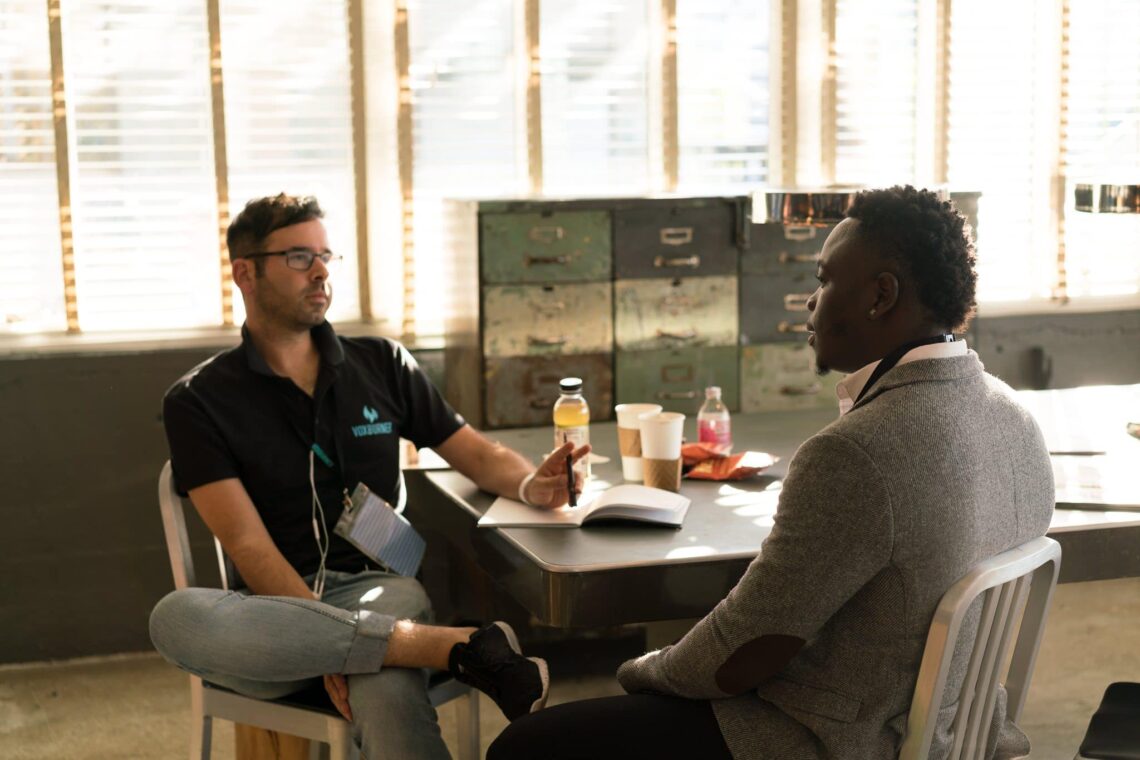
A Tale Of A Coaching Session
In corporate, coaching means helping someone do their job by giving them advice. Some examples are “have you considered XYZ?” and “If I were you, I would do it this way.” But professional coaching is about helping someone maximize their potential by creating awareness and developing an implementation plan according to their choice.
I will describe one coaching session here to shed light on it.
I got this new coaching project; I met the client for our first session last week. A woman in her mid-30s, a manager at a Biotech company, showed up on my Zoom screen. Let me call her Kate. We spent 10-ish minutes getting to know each other. And then I asked her the big question, what did she hope to get out of this leadership program that included individual coaching? After she gave me the usual, “management offered this program; I want to grow as a better leader, etc.,” I asked again, emphasizing the word “you.” “What one thing do you wish to change”? After a thoughtful pause, Kate replied that she wanted to be more comfortable sharing her ideas in meetings. Her current approach was to understand the topic, take time to think, research, and then give her response. Which meant it didn’t happen during that meeting. She felt inadequate that she could not meet her role’s expectations which became a barrier to her career growth.
Upon further conversation, I learned that Kate was analytical and introverted, and she loved science, so she chose her major in biology and picked a career in biotech. Her hesitance in opening up in meetings seemed very natural with such background.
“Can you tell me what this 360 feedback report says and what I should do? Can you tell me what leadership qualities I should learn”? She asked me, hoping I would give her some advice to address her challenge. She was not alone, though – many people think coaching is about providing canned advice and the client to follow those as a doctor’s prescription.
Even though my ego would get a boost if I gave her such advice, I offered her to work on her challenge together and see what came out of it. She seemed to be pleasantly surprised by my response and chose that option.
Coaching On Her Challenge
“What gets in the way of sharing your thoughts during meetings?”- I asked. Kate’s face went into thinking mode, and she murmured a bit. I eagerly hoped to hear something audible, but then she said, “I don’t know, I don’t know why; I guess I am a reserved person.” “Sounds like you have some idea about my question, but you won’t share those with me,” I said. “Yes, as those are not good answers. I decided it for you without giving you any chance to hear it,” – she said with a nervous smile.
“How reserved are you now with me?”- I asked. Then, to engage her analytical mind, I gave a numeric scale of 0-10 (Where ten was most reserved) to choose from. She reported feeling 6 or 7 on that scale.
At that point, I saw her getting a bit more relaxed. When I shared that observation, she noticed and agreed. I offered her to do a slow breathing exercise with me. It helped her relax even more. I checked with her once more when she realized she also felt more open and eager to learn and engage. “Wow, I can use this breathing to be more open during meetings.” She discovered a direct correlation between her muscle tension with her reserve mode.
We then discussed how she could practice such relaxation techniques regularly. We were near our time, so I asked her what she was taking away from our session. I thought she would say something about the breathing exercise. But she surprised me. “Accepting myself and allowing myself to share my thoughts and ideas.”- Kate uttered with deep conviction. I knew this awareness would be the key to her openness. I appreciated her participating in the coaching while letting her decide on an accountability method. She promised to email me with her weekly updates on the breathing and reflection practice.
Analyzing The Session
You may wonder why didn’t I give her a list of possible techniques to be more vocal in meetings; why did I only ask her to follow this simple practice? Because coaching is all about authentic, sustainable change. If I had given her a long list of tips, she might not be able to apply those consistently. Even worse, she would feel overwhelmed and beat herself up even more because she failed to follow my advice. So instead, I helped her create awareness of her hesitance and co-created a process with her to implement it. The awareness came from within, and the practice was simple and realistic. Those are the keys to any authentic and sustainable behavior change.
Why I Followed This Process
No two sessions are the same. Every person is different; what motivates them and how they learn determines how I conduct the session. Establishing trust and safety, co-creating that process, and asking thought-provoking questions are the foundation of the work. For example, I coached three new clients from different career levels and disciplines that day. One even said that meeting me and having such an enjoyable, meaningful experience was the highlight of her day.
It is not charisma or luck- it is an artful rendition of a scientific approach to adult learning. A coach’s self-discipline, quality of deep listening, and process make the magic of a coaching session. And in the end, the client grows by creating awareness and designing the action plan to implement.
Featured Image by Nick Stafford from Pixabay




